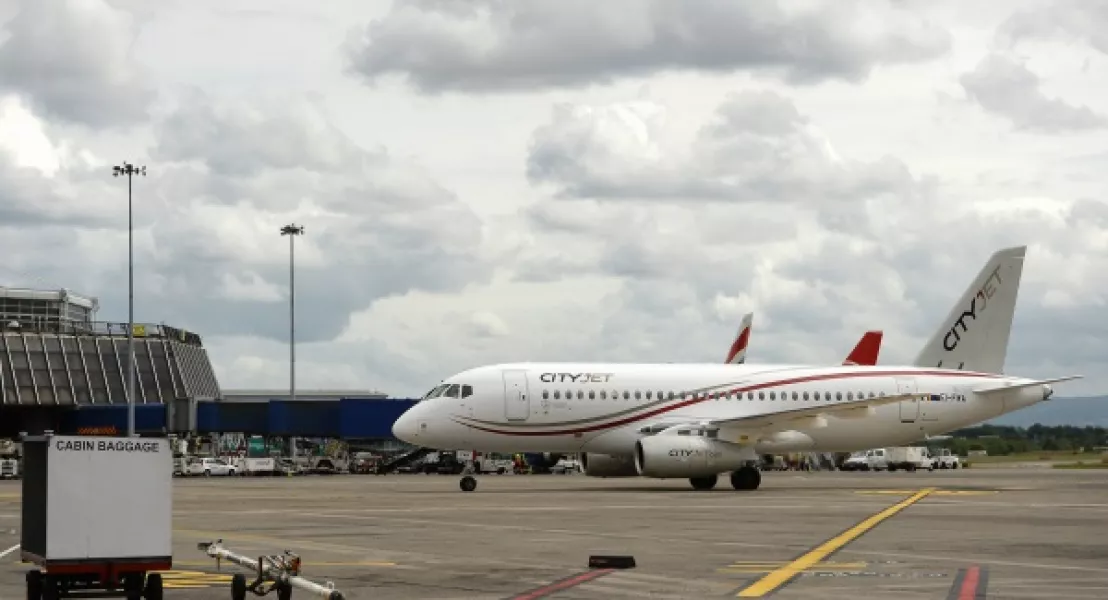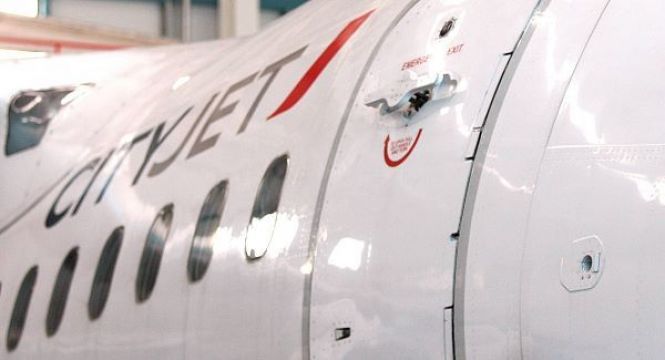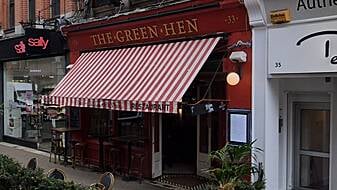The approved scheme will allow the Dublin-based airline continue as a going concern, on what was described on "a slimmed down" basis, with over 140 jobs at the company being retained. It had previously employed over 400 at its Dublin base.
On Tuesday morning Mr Justice Michael Quinn said he was satisfied to approve a scheme of arrangement put together by the airline's examiner Mr Kieran Wallace of KPMG, which will allow the airline formally exit examinership on Tuesday afternoon.
Late last month the judge, following a formal hearing, said he was minded to approve the scheme after certain steps take place including the finalising of arrangements made with certain creditors and when changes had been made to the airline's constitution.
On Tuesday the court was told those arrangements and changes have been made and that no modifications to the survival scheme were required.
As a result the judge formally approved the scheme.

The scheme, which was supported by a majority of the airline's creditors and shareholders also sees tens of millions of euro of its debt being written off.
Last April the airline sought the protection of the courts claiming it was insolvent due to financial difficulties which were exacerbated after its aircraft were grounded due to the Covid-19 outbreak.
The impact of the pandemic also interrupted a planned merger with another airline and a proposed private restructure of the company, it claimed.
The airline said it had debts of €500m, and at the time of entering the examinership process had a net deficit of liabilities over assets on a going concern basis of €186m.
Its creditors include the Triangle Group, several firms involved in the leasing of aircraft, Investec, the Revenue Commissioners, as well as debts owed to related companies.
Only alternative to liquidation
Mr Justice Quinn in approving the scheme accepted that creditors would do better under the examiner's proposals compared to if the airline was liquidated, which the court was told was the only alternative to the scheme.
Under the scheme the majority of the creditors will get dividends ranging between 15% and 1.25%.







